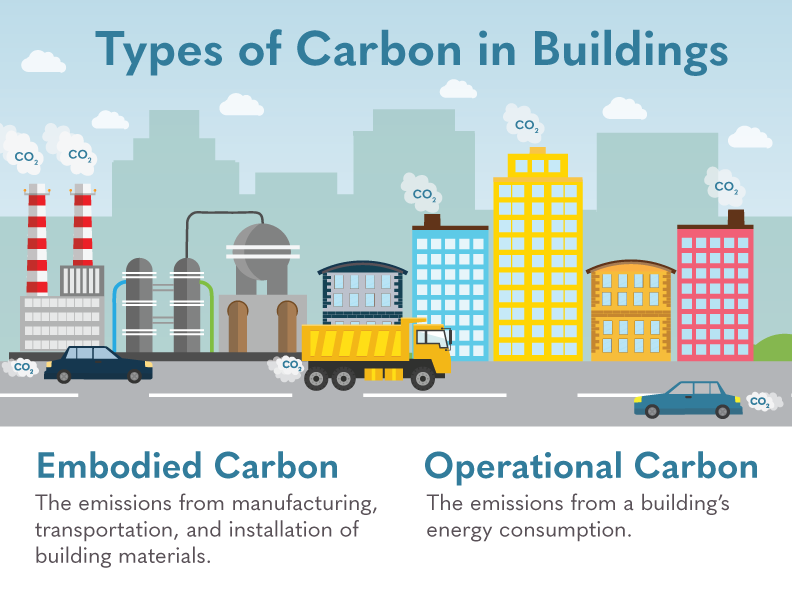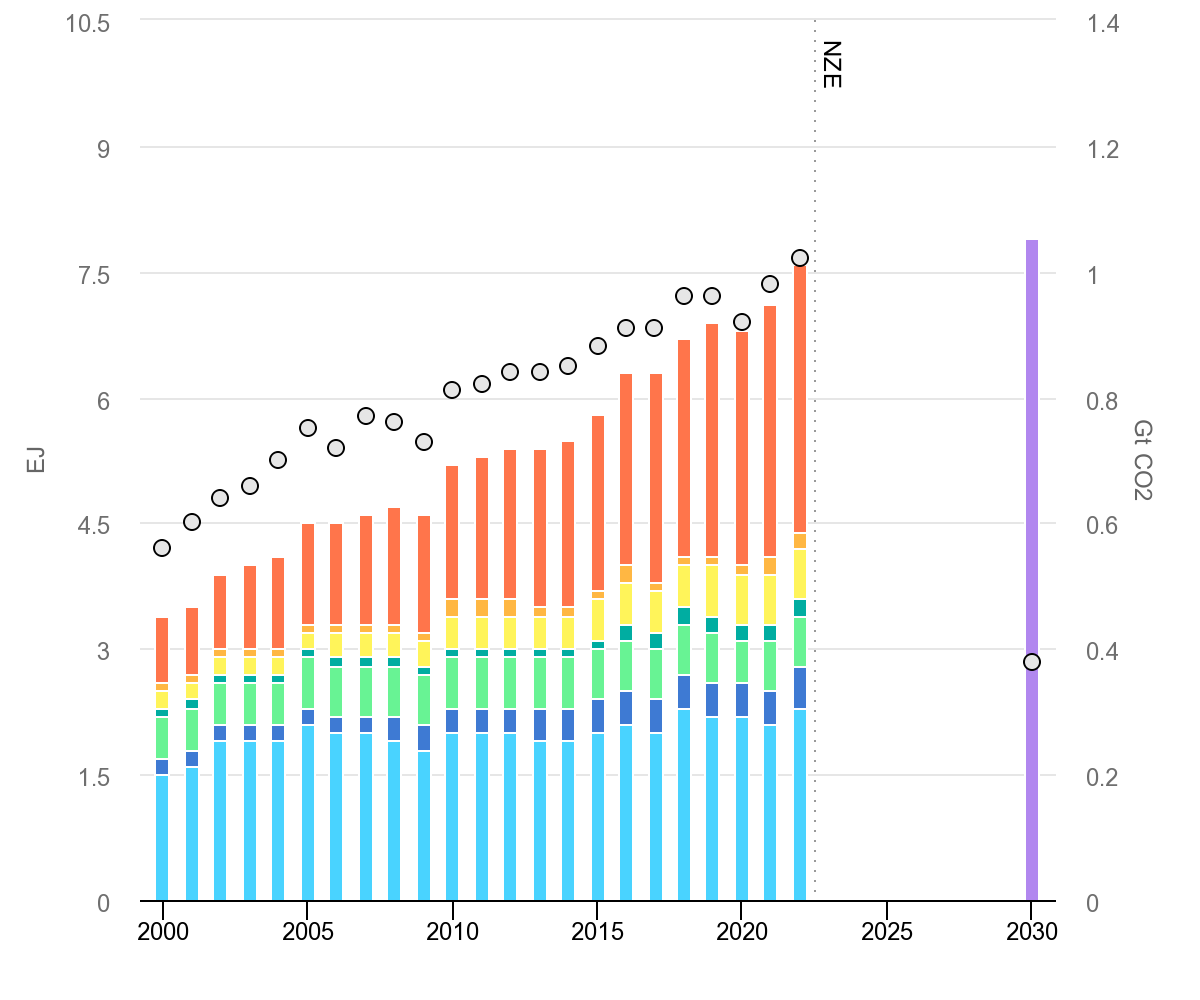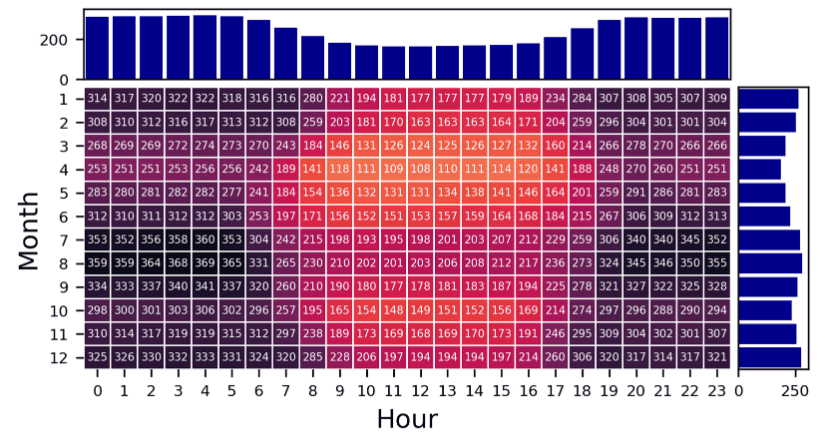Is it Time for a Rebalancing on Embodied Carbon?
It was not that long ago that the topic of embodied carbon was somewhat at the fringe of sustainability conversations about the built environment. Today it’s not only mainstream, but it also may be the leading topic among the AEC community, often overshadowing operational carbon in the building design process.

The emphasis on embodied carbon is predicated on three key assumptions. However, one of these assumptions may have significant margin for error, which ultimately calls into question whether embodied carbon should be the one carbon metric to rule them all.
The Three Assumptions:
- A kg of CO2 avoided today is worth a lot more than a kg avoided in 2030 (or ’40, or ’50). This is undeniably true in that the climate crisis requires we take dramatic action now. Savings that take decades to realize will not help us avoid the 1.5°C increase and the negative impacts that will inevitably follow.
- The embodied carbon in building products will consume a staggering amount of our global carbon budget. This is also quite true. If we continue at a “business as usual” pace, simply producing the materials needed for new urban infrastructure over the next few decades will consume 25-50% of our carbon budget.
- The energy grid is greening fast, and buildings are getting more efficient, so operational carbon is getting solved. This final assumption contains a degree of truth in that we’ve made tremendous progress in greening the grid and improving the energy-efficiency of buildings. However, these trends are not keeping pace and the conclusion that operational carbon is solved is both an oversimplification and massive generalization. Let’s dig into this in more detail.
Greening the Grid is Not Enough to Curb Growing Emissions
Despite the dramatic progress on the decarbonization of the power sector, it’s not happening fast enough or consistently worldwide. First, there are huge regional disparities in the amount of renewable energy coming online. This is true both internationally and intra-nationally.

The IEA has stated this problem plainly: “Progress on efficiency and power sector decarbonization are not enough to curb the growth of emissions associated with rising cooling demand”.
The Challenges with Renewable Energy Generation Supply & Demand
While greening the grid is undeniably critical, the issue is that most renewable generation sources have issues with intermittency, and matching supply and demand, that conventional fossil sources don’t have.

While the supply and demand challenges are evident at the national aggregated view, this data masks major regional disparities. For example, California’s emissions range from 4 to 163 kg/mWh while West Virginia’s ranges from 135 to 516 kg/Wh.
Bottom line: you can’t look at decarbonization without understanding timing and the regional generation mix.
Towards a Balanced Approach
Embodied carbon is very important and the attention it’s getting is overdue. However, true decarbonization of the built environment demands evaluating lifecycle carbon impacts, which includes both embodied and operational carbon (at a minimum…end of life is another can of worms).
A future that consists of more renewable generation will still have fossil generation, which means the timing of energy use becomes more important to carbon impact. The construction community needs to be asking how they can create buildings that are both lower carbon on day one and more adaptable for the future. Buildings that are grid responsive, and ultimately carbon responsive, must become the norm.
The biggest determinant of building performance is the envelope. The IEA summarized this point well: “climate-adaptive building shells offer the opportunity to activate buildings against climate change”. The term “activate” is important. The status quo of passive, unresponsive building shells means the most important part of the building is a bystander in the global challenge of combatting climate change. This reality is incompatible with the low carbon future we need.